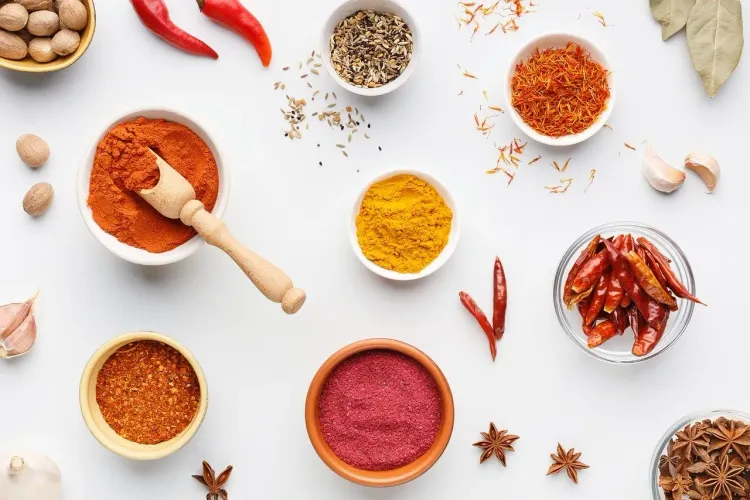What is the SPICED scheme to enhance spice exports?

Synopsis
The newly launched SPICED scheme aims to revolutionize India's spice export industry by providing comprehensive financial assistance to farmers and FPOs. With a focus on quality, productivity, and international marketing, this initiative promises to significantly enhance India's position in the global spice market.
Key Takeaways
- Financial assistance is available for various agricultural practices and infrastructure.
- The scheme aims to enhance spice quality and productivity.
- It supports participation in international trade events.
- Prioritizes aid for first-time exporters.
- India's spice production and exports are on a steady rise.
Kochi, May 22 (NationPress) The Spices Board has introduced the 'Sustainability in Spice Sector through Progressive, Innovative and Collaborative Interventions for Export Development (SPICED)' scheme for the fiscal year 2025-26, offering financial support across the value chain to farmers and Farmer Producer Organisations (FPOs) to boost the production, quality, and export of spices.
This initiative aims to enhance the productivity of both small and large cardamom, improve post-harvest quality, and promote the production and export of value-added, GI-tagged, and organic spices. It also assists in meeting global food safety and phytosanitary standards while strengthening the capacity of stakeholders throughout the value chain.
Starting May 26, online applications for the SPICED scheme will be accepted. Spice exporters can apply for the scheme’s export development and promotion components until June 30, whereas farmers and FPOs can submit applications under various development components until September 30.
The scheme provides financial aid for the replanting and rejuvenation of cardamom plantations, development of water resources, micro-irrigation, promotion of organic farming, and expansion of good agricultural practices (GAP). Furthermore, it supports the establishment of enhanced post-harvest infrastructure, including modern dryers, slicers, dehullers, and grading machines to ensure superior product quality.
Additionally, financial assistance is available for farmers and FPOs to acquire essential post-harvest machines such as spice polishers, turmeric boilers, mint distillation units, and threshing machines.
The scheme also aids marketing efforts by enabling stakeholders to participate in international trade fairs, buyer-seller meetings, and various market linkage programs. It prioritizes support for first-time exporters and small enterprises, facilitating their ability to showcase Indian spices on the global stage.
India stands as the world’s leading producer and exporter of spices. In FY24, the nation exported spices valued at US$ 4.46 billion. In FY25 (up to December 2024), India’s spice exports reached Rs 29,016 crore (approximately US$ 3.36 billion).
The production of various spices has seen rapid growth in recent years. In FY24, spice production was estimated at 12 million metric tonnes, compared to 11.14 million tonnes in FY23 and 11.12 million tonnes in FY22. For FY23, spice exports from India totaled US$ 3.73 billion, up from US$ 3.46 billion in FY22.
Moreover, India's export of organic food products has experienced a significant 35 percent increase, reaching $665.96 million (around Rs 5,700 crore) during the fiscal year ending March 31, 2025, compared to $494.80 million in 2023-24, according to the latest government data.





